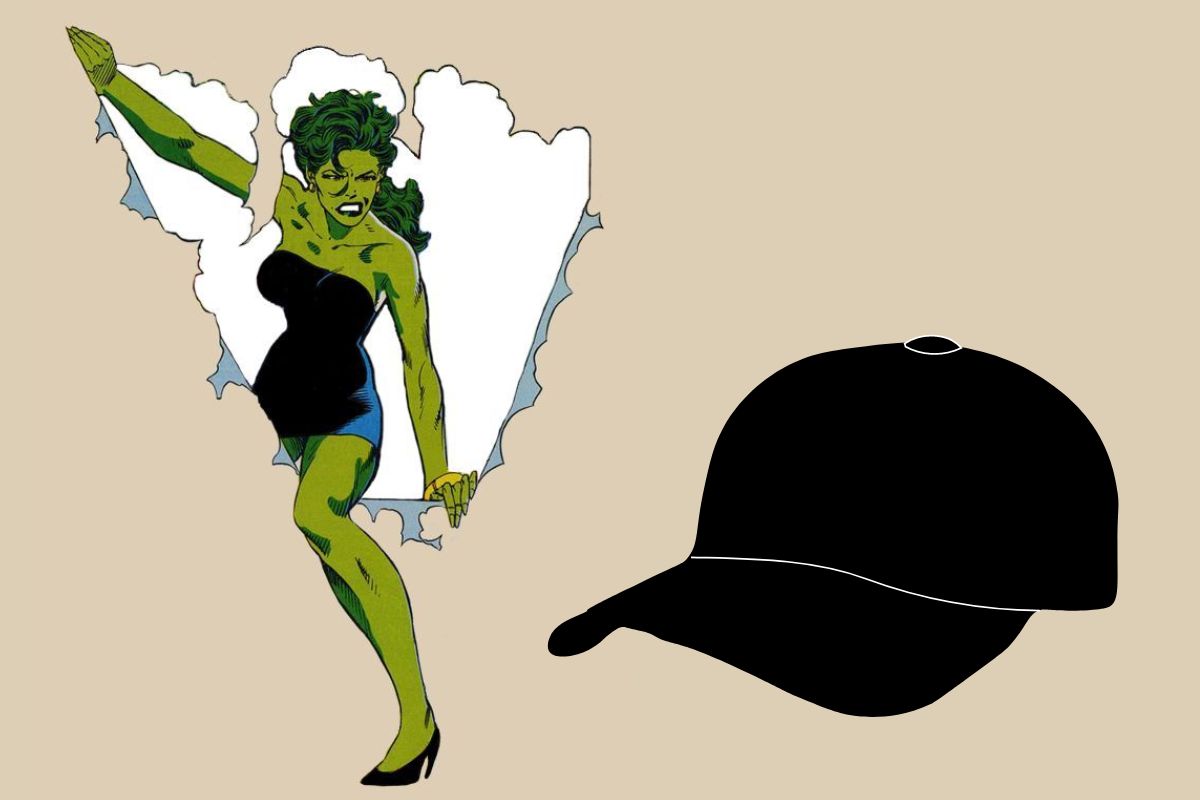All Concept Artists on She-Hulk Came Back With a Similar Design on This New MCU Character
It was meant to be.

***SPOILER ALERT: Massive spoilers for the season finale of She-Hulk***
***I’m warning you!***
***…3, 2, 1 …***
Throughout the introduction of She-Hulk into the Marvel Cinematic Universe, we’ve seen Jen Walker express frustration to us, the audience, but kind of accept her story as the way things are supposed to be. In the story Jen Walter (a.k.a. She-Hulk) has had some agency, but that veer back at us is sometimes accepting a sort of destiny. However, in as the finale built up, Jen essentially said, “F^ck, this,” and wanted a word with who was running the show. After a run-in with many at the MCU HQ, she finally met the MCU version of the creator—Kevin Feige
Well, it was more like Knowledge Enhanced Visual Interconnectivity Nexus (a.k.a. K.E.V.I.N.) Let’s not get it twisted, Jessica Gao is the She-Hulk: Attorney at Law showrunner and comic legends Stan Lee and John Buscema (also likely some credit is owed to Kenneth Johnson) are the creative heads that brought her to life. However, the opportunity to bring her into the MCU came down to advocacy and support from Feige In this episode, this figure was portrayed as a GLaDOS-like character and robot making the magic happen.
Designing K.E.V.I.N.
The concept of addressing the creator is not new in comics, especially not in Marvel. Often times they’re just called “The Creator.” Occasionally they’re referred to by name. This take just pushed it one step forward by making Feige more than human and a literal robot. This mythologizing of Feige is a force in fandom and in the industry. Just look at the way Warner Bros. Discovery, Universal Studios, and more have tried to make a 10-year cinematic plan like Feige.
Gao told Marvel.com, that she wrote a short description of K.E.V.I.N. and gave it to the artists. Because the robot was based on a person, there had to be some visual references. They all came back with similar designs. She said:
When the [visual development team] was showing us different possible sketches of K.E.V.I.N., they were all wearing little hats. No matter what type of robot or machine it was, it was wearing a little black baseball hat on top. [Human] Kevin said, ‘Well, that doesn’t make a lick of sense, why would a robot wear a hat?’ I said, ‘That’s the part that doesn’t make sense to you, Kevin, that is the line of logic that you won’t cross, we have you represented as an AI brain that is controlling all of the Marvel Cinematic Universes, but the thing that you can’t get past is that it might have a hat on top of the machine?’ And he said, ‘Yeah.’”
The metal baseball hat rim in the finale design was a way of giving Feige that logic he was looking for and including the work from all the designers. In that back and forth, Gao credited Feige for pushing the writers to build up to the K.E.V.I.N. scene by meeting others along the way on the Marvel campus.
(via Marvel, featured image: Marvel & Alyssa Shotwell.)
—The Mary Sue has a strict comment policy that forbids, but is not limited to, personal insults toward anyone, hate speech, and trolling.—
Have a tip we should know? tips@themarysue.com